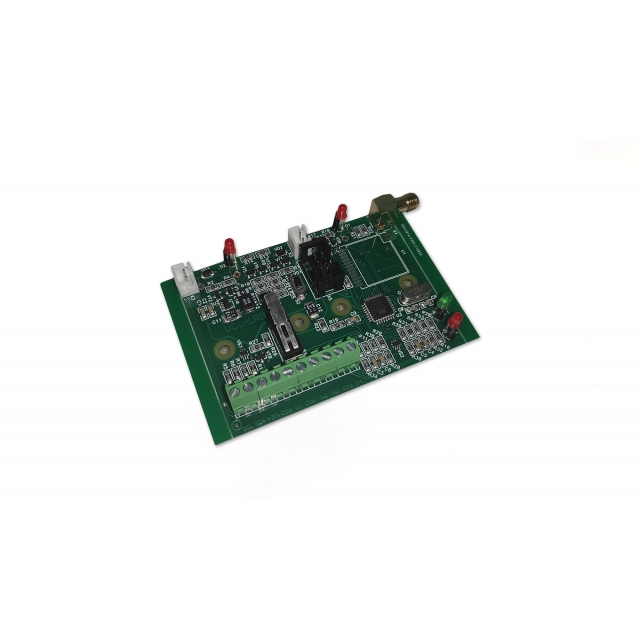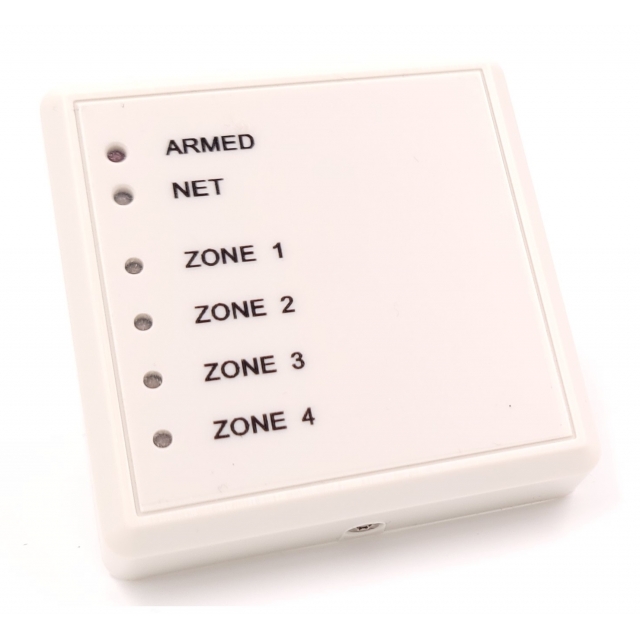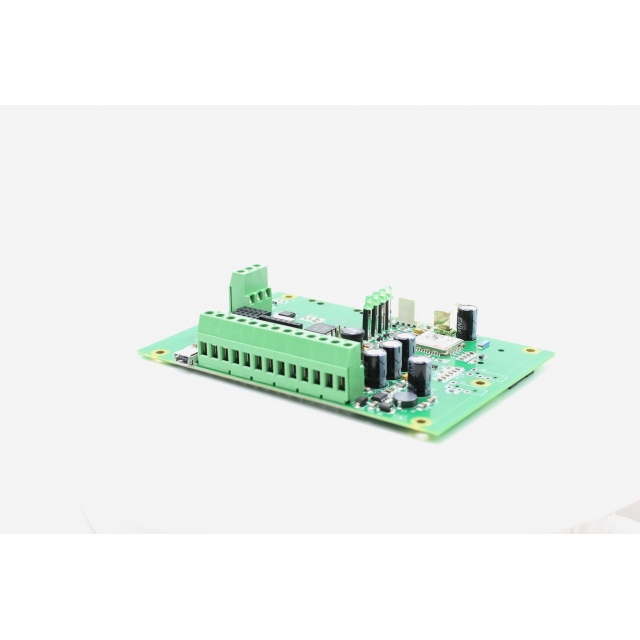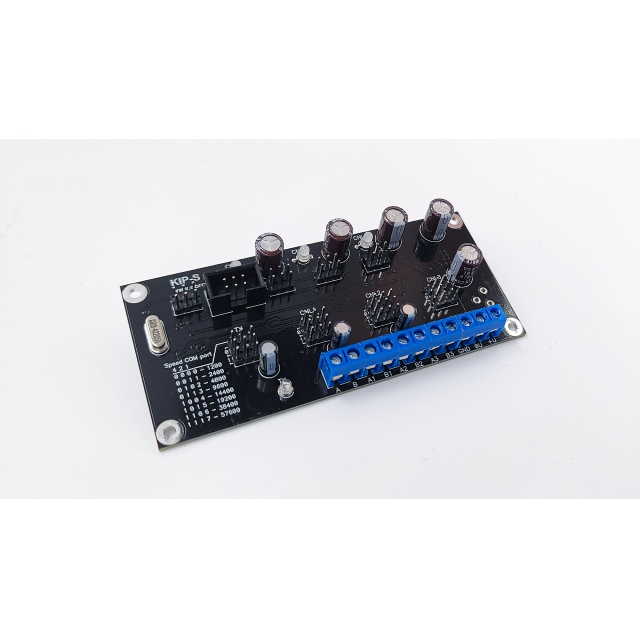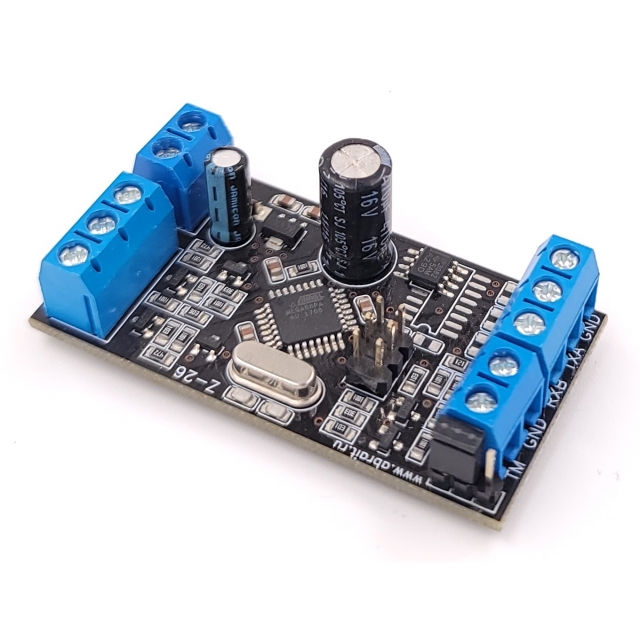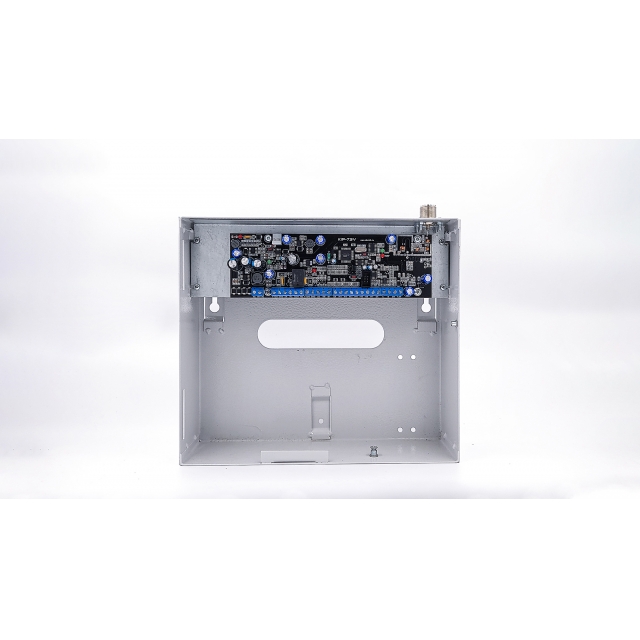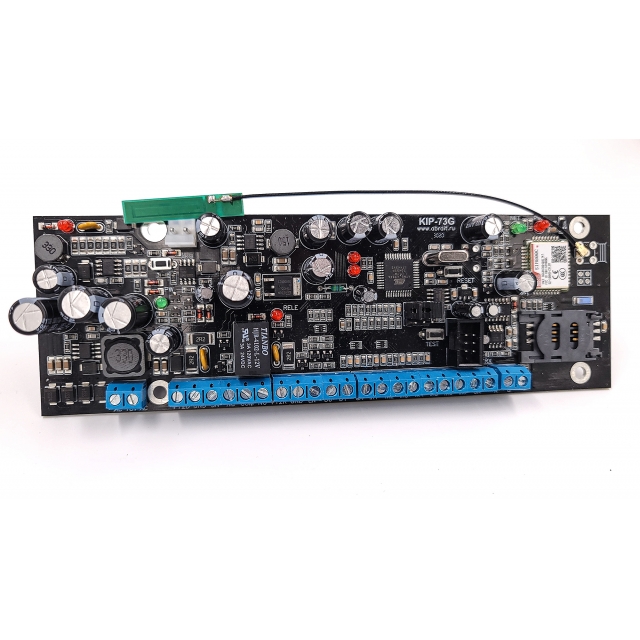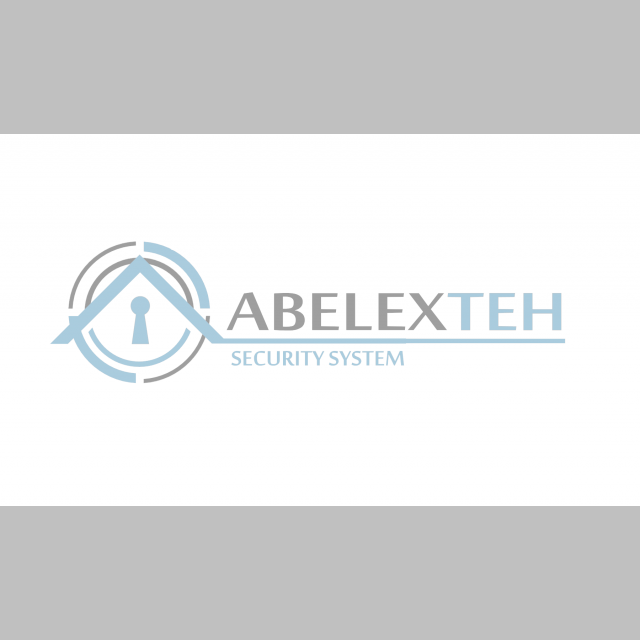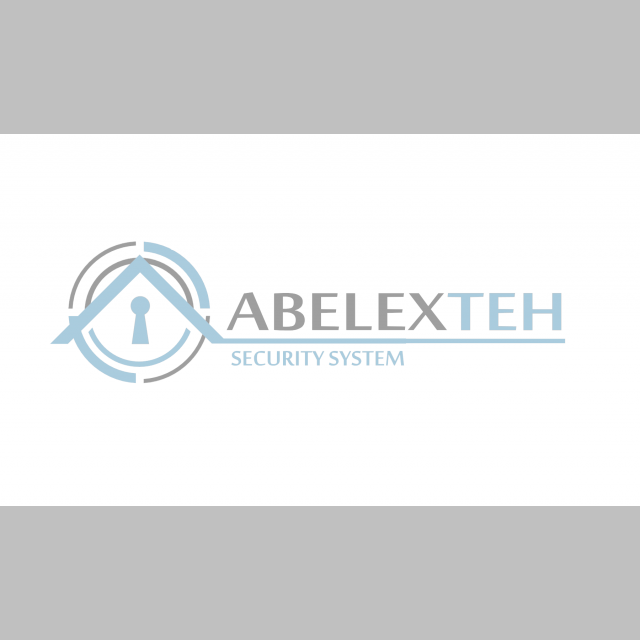Technical security
In the minds of most people, there is a stereotype that technical security involves a complex of activities related to laying cables, connecting to power sources, and this process takes several days.
In reality, there is a trend towards the use of wireless components in security systems. Wireless sensors maintain communication with the security panel, which is connected to a power source, and the panel itself transmits data about the object's status to the control panel or cloud services.
|
It's hard to believe that a radio sensor can operate without a panel with constant power, directly with a security control panel located kilometers or even tens of kilometers away. There are samples of sensors with limited autonomy: within a day. The limitation of autonomy is due to high energy consumption required for communication in GSM networks. Devices like the RITM Kontakt-GSM2 sensor shown in the photo on the right fall into this category. ABELEXTEH SRL produces the KIP-41L security panel, which can be in intrusion standby mode with daily TEST connection to the control panel for 2-3 years. Up to four sensors can be connected to the panel. |
 |
The security panel does not rely on commercial data transmission networks, meaning it is not dependent on GSM. Data transmission is carried out through ABELEXTEH SRL's proprietary radio networks and public LoRaWAN networks.
The described energy-saving features of the security panel open up broad possibilities for its use in circumstances where laying power lines is economically unfeasible or installation time for the security system is limited to mere minutes. According to LoRa classification, this energy mode belongs to class "A". Class "A" devices are constantly sleeping devices that wake up on a schedule to send TEST signals or are awakened by an event, such as a security breach in the protected area.
If a device can be provided with constant power, it can be reprogrammed to operate in class "C" mode. Class "C" devices can constantly listen for air communications and can act as a relay for LoRa devices in the same address group that are pre-recorded in its memory within the permitted address space. This technology is primarily described in LoRaWAN.
.jpg) |
The application of the KIP-41L security panel with a built-in transmitter is possible in classical security systems instead of transmitters like ATS, Informer, or any other transmitters that send events of discrete output changes to the control panel of a classical security system. For example, DSC panels. |

